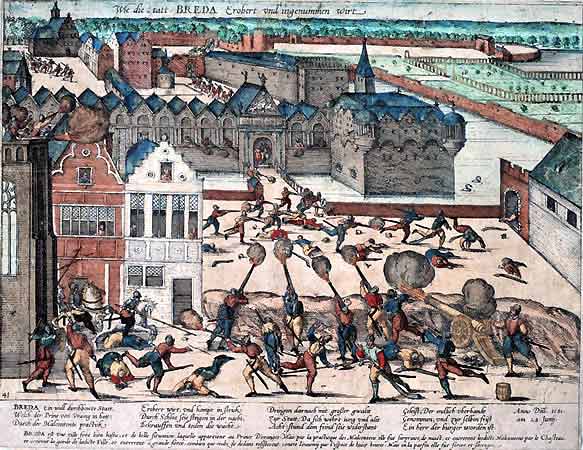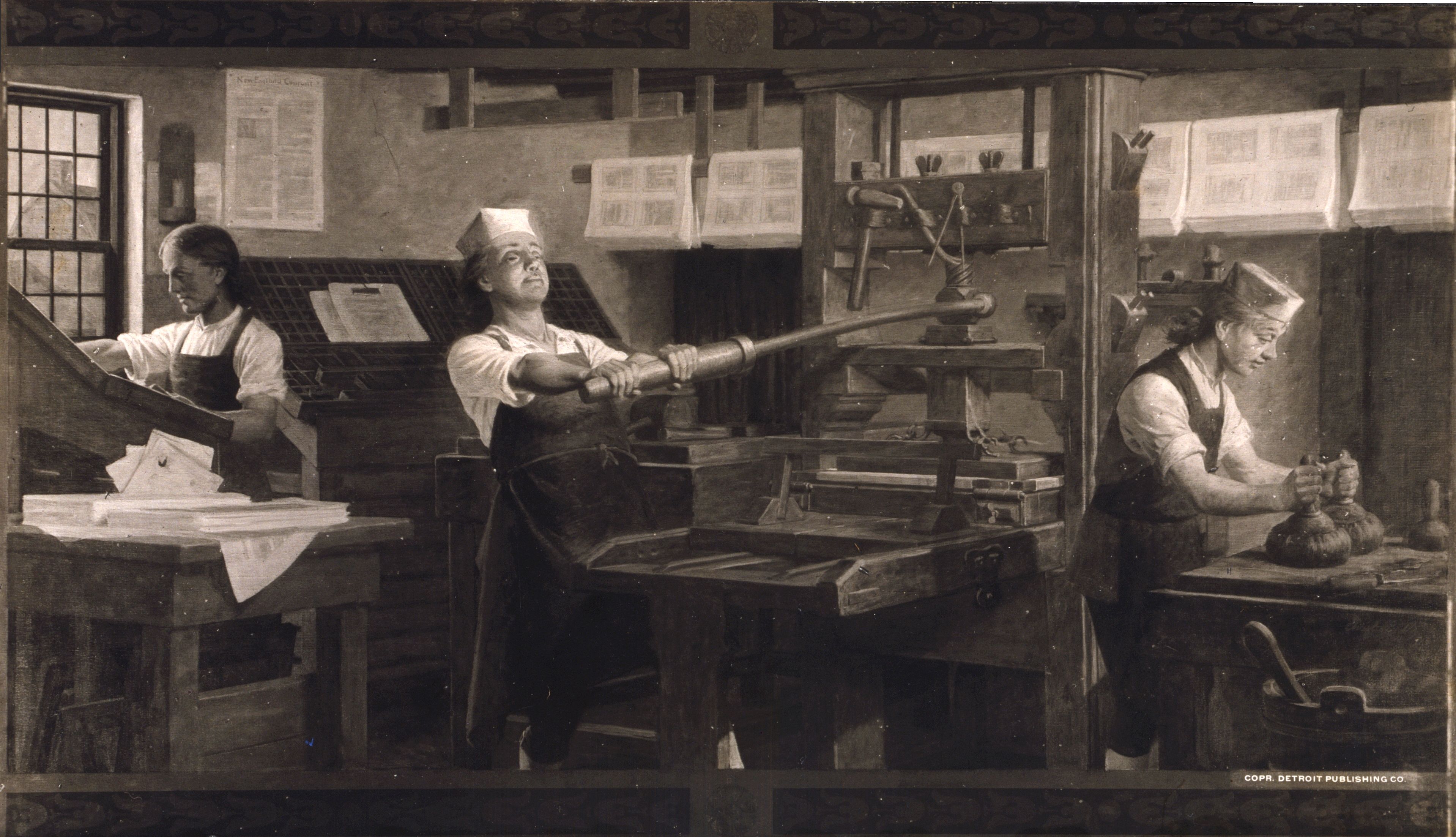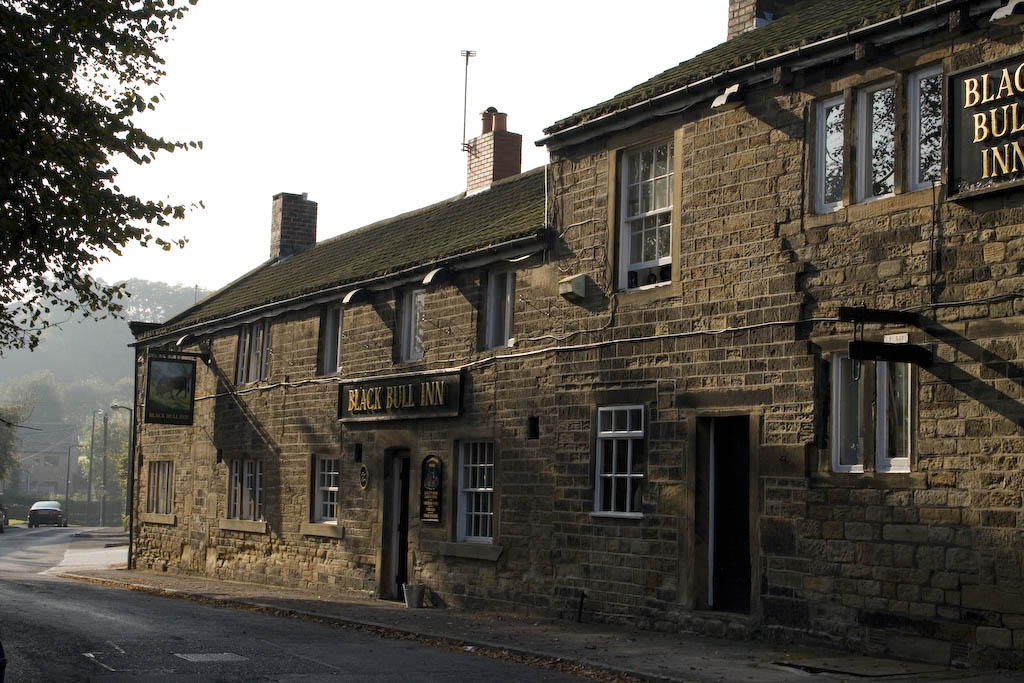|
Jan Ingenhousz
Jan Ingenhousz FRS (8 December 1730 – 7 September 1799) was a Dutch-British physiologist, biologist and chemist. He is best known for discovering photosynthesis by showing that light is essential to the process by which green plants absorb carbon dioxide and release oxygen. He also discovered that plants, like animals, have cellular respiration. In his lifetime he was known for successfully inoculating the members of the Habsburg family in Vienna against smallpox in 1768 and subsequently being the private counsellor and personal physician to the Austrian Empress Maria Theresa. Early life He was born into the patrician Ingen Housz family in Breda in Staats-Brabant in the Dutch Republic. From the age of 16, Ingenhousz studied medicine at the University of Leuven, as the Protestant Universities were not then open to Catholics like himself, where he obtained his MD in 1753. He studied for two more years at the University of Leiden, where he attended lectures by, among othe ... [...More Info...] [...Related Items...] OR: [Wikipedia] [Google] [Baidu] |
Breda
Breda ( , , , ) is a List of cities in the Netherlands by province, city and List of municipalities of the Netherlands, municipality in the southern part of the Netherlands, located in the Provinces of the Netherlands, province of North Brabant. The name derived from ''brede Aa'' ('wide Aa' or 'broad Aa') and refers to the confluence of the rivers Mark (Dintel), Mark and Aa of Weerijs, Aa. Breda has 185,072 inhabitants on 13 September 2022 and is part of the Brabantse Stedenrij; it is the tenth largest city/municipality in the country, and the third largest in North Brabant after Eindhoven and Tilburg. It is equidistant from Rotterdam and Antwerp. As a Defensive wall, fortified city, it was of strategic military and political significance. Although a direct fiefdom of the Holy Roman Emperor, the city obtained a City rights in the Low Countries, municipal charter; the acquisition of Breda, through marriage, by the House of Orange-Nassau, House of Nassau ensured that Breda would be ... [...More Info...] [...Related Items...] OR: [Wikipedia] [Google] [Baidu] |
Maria Theresa
Maria Theresa (Maria Theresia Walburga Amalia Christina; 13 May 1717 – 29 November 1780) was the ruler of the Habsburg monarchy from 1740 until her death in 1780, and the only woman to hold the position suo jure, in her own right. She was the sovereign of Archduchy of Austria, Austria, Kingdom of Hungary, Hungary, Kingdom of Croatia (Habsburg), Croatia, Crown of Bohemia, Bohemia, Principality of Transylvania (1711–1867), Transylvania, Slavonia, Duchy of Mantua, Mantua, Duchy of Milan, Milan, Moravia, Galicia and Lodomeria, Dalmatia, Austrian Netherlands, Carinthia, Carniola, Gorizia and Gradisca, Austrian Silesia, Tyrol (state), Tyrol, Styria and Duchy of Parma, Parma. By marriage, she was List of Lorrainian royal consorts#House of Vaudemont, 1473–1737, Duchess of Lorraine, List of Tuscan consorts#House of Lorraine, 1737–1765, Grand Duchess of Tuscany, and List of Holy Roman empresses#House of Lorraine, Holy Roman Empress. Through her aunt, Charlotte Christine of Brunswi ... [...More Info...] [...Related Items...] OR: [Wikipedia] [Google] [Baidu] |
Thornhill, West Yorkshire
Thornhill is a village on the southern outskirts of Dewsbury in Kirklees, West Yorkshire, England. Historically part of the West Riding of Yorkshire, Thornhill was absorbed into County Borough of Dewsbury, Dewsbury County Borough in 1910. The village is located on a ridge on the south side of the River Calder, West Yorkshire, River Calder. Dewsbury, Ossett and Wakefield are close by. Its parish church houses a collection of Anglo-Saxon crosses. History Anglian crosses and other remains indicate that there was a settlement here by the 9th century. A hoard of 27 Roman denarius, denarii found in Turnip Lane and pottery at the cross indicate a substantially earlier settlement. The tombstone of a high-ranking Anglian, Osberht, was found in the graveyard of Thornhill Parish Church. Some historians claim that the grave bearing the name ''Osbehrt'' is that of Osberht of Northumbria, who was killed on 21 March 867 while fighting the Viking Great Heathen Army led by Ivar the Boneless. The ... [...More Info...] [...Related Items...] OR: [Wikipedia] [Google] [Baidu] |
Benjamin Franklin
Benjamin Franklin (April 17, 1790) was an American polymath: a writer, scientist, inventor, statesman, diplomat, printer, publisher and Political philosophy, political philosopher.#britannica, Encyclopædia Britannica, Wood, 2021 Among the most influential intellectuals of his time, Franklin was one of the Founding Fathers of the United States; a Committee of Five, drafter and signer of the United States Declaration of Independence, Declaration of Independence; and the first United States Postmaster General, postmaster general. Born in the Province of Massachusetts Bay, Franklin became a successful Early American publishers and printers, newspaper editor and printer in Philadelphia, the leading city in the colonies, publishing ''The Pennsylvania Gazette'' at age 23. He became wealthy publishing this and ''Poor Richard's Almanack'', which he wrote under the pseudonym "Richard Saunders". After 1767, he was associated with the ''Pennsylvania Chronicle'', a newspaper known for it ... [...More Info...] [...Related Items...] OR: [Wikipedia] [Google] [Baidu] |
West Yorkshire
West Yorkshire is a Metropolitan counties of England, metropolitan and Ceremonial counties of England, ceremonial county in the Yorkshire and the Humber region of England. It borders North Yorkshire to the north and east, South Yorkshire and Derbyshire to the south, Greater Manchester to the south-west, and Lancashire to the west. The city of Leeds is the largest settlement. The county has an area of and a population of 2.3 million, making it the fourth-largest ceremonial county by population. The centre of the county is urbanised, and contains the city of Leeds in the north-east, the city of Bradford in the north-west, Huddersfield in the south-west, and Wakefield in the south-east. The outer areas of the county are rural. For local government purposes the county comprises five metropolitan boroughs: City of Bradford, Bradford, Calderdale, Kirklees, City of Leeds, Leeds, and City of Wakefield, Wakefield, which collaborate through West Yorkshire Combined Authority. The cou ... [...More Info...] [...Related Items...] OR: [Wikipedia] [Google] [Baidu] |
Birstall, West Yorkshire
Birstall is a Market town, market and mill town in the metropolitan borough of Kirklees, West Yorkshire, England. It is part of the Birstall and Birkenshaw ward, which had a population of 16,298 at the 2011 census. Historic counties of England, Historically in the West Riding of Yorkshire, and part of the Heavy Woollen District, Birstall is approximately south-west of Leeds and situated close to the M62 motorway. The town is situated between Leeds, Bradford, Huddersfield and Wakefield. History Birstall's name is derived from the Old English ''byrh'' and ''stall'' meaning a fortified site. The town is not mentioned in the ''Domesday Book'' but is alluded to as one of two settlements in Gomersal. ''Pigot's Directory, Pigot's National Commercial Directory for 1828–29'' listed it as one of the four villages which make up the township of Gomersal. The hill fort itself would have been situated high above the town, to one side of the present-day Raikes Lane, which heads towards Gi ... [...More Info...] [...Related Items...] OR: [Wikipedia] [Google] [Baidu] |
Joseph Priestley
Joseph Priestley (; 24 March 1733 – 6 February 1804) was an English chemist, Unitarian, Natural philosophy, natural philosopher, English Separatist, separatist theologian, Linguist, grammarian, multi-subject educator and Classical liberalism, classical liberal Political philosophy, political theorist. He published over 150 works, and conducted experiments in several areas of science. Priestley is credited with his independent discovery of oxygen by the thermal decomposition of mercuric oxide, having isolated it in 1774. During his lifetime, Priestley's considerable scientific reputation rested on his invention of carbonated water, his writings on electricity, and his discovery of several "airs" (gases), the most famous being what Priestley dubbed "dephlogisticated air" (oxygen). Priestley's determination to defend phlogiston theory and to reject what would become the chemical revolution eventually left him isolated within the scientific community. Priestley's science was ... [...More Info...] [...Related Items...] OR: [Wikipedia] [Google] [Baidu] |
House Of Hanover
The House of Hanover ( ) is a European royal house with roots tracing back to the 17th century. Its members, known as Hanoverians, ruled Hanover, Great Britain, Ireland, and the British Empire at various times during the 17th to 20th centuries. Originating as a cadet branch of the House of Welf (also "Guelf" or "Guelph") in 1635, also known then as the House of Brunswick-Lüneburg, the Hanoverians ascended to prominence with Hanover's elevation to an Electorate of the Holy Roman Empire in 1692. In 1714 George I, prince-elector of Hanover and a descendant of King James VI and I, assumed the throne of Great Britain and Ireland, marking the beginning of Hanoverian rule over the British Empire. At the end of this line, Queen Victoria's death in 1901, the throne of the United Kingdom passed to her eldest son Edward VII, a member of the House of Saxe-Coburg and Gotha, through his father Albert, Prince Consort. The last reigning members of the House of Hanover lost the Duchy ... [...More Info...] [...Related Items...] OR: [Wikipedia] [Google] [Baidu] |
Austrian Empire
The Austrian Empire, officially known as the Empire of Austria, was a Multinational state, multinational European Great Powers, great power from 1804 to 1867, created by proclamation out of the Habsburg monarchy, realms of the Habsburgs. During its existence, it was the third most populous monarchy in Europe after the Russian Empire and the United Kingdom of Great Britain and Ireland, United Kingdom, while geographically, it was the third-largest empire in Europe after the Russian Empire and the First French Empire. The empire was proclaimed by Francis II, Holy Roman Emperor, Francis II in 1804 in response to Napoleon's declaration of the First French Empire, unifying all Habsburg monarchy, Habsburg possessions under one central government. It remained part of the Holy Roman Empire until the latter's dissolution in 1806. It continued fighting against Napoleon throughout the Napoleonic Wars, except for a period between 1809 and 1813, when Austria was first allied with Napoleon ... [...More Info...] [...Related Items...] OR: [Wikipedia] [Google] [Baidu] |
Hertfordshire
Hertfordshire ( or ; often abbreviated Herts) is a ceremonial county in the East of England and one of the home counties. It borders Bedfordshire to the north-west, Cambridgeshire to the north-east, Essex to the east, Greater London to the south and Buckinghamshire to the west. The largest settlement is Watford, and the county town is Hertford. The county has an area of and had a population of 1,198,800 at the 2021 census. After Watford (131,325), the largest settlements are Hemel Hempstead (95,985), Stevenage (94,470) and the city of St Albans (75,540). For local government purposes Hertfordshire is a non-metropolitan county with ten districts beneath Hertfordshire County Council. Elevations are higher in the north and west, reaching more than in the Chilterns near Tring. The county centres on the headwaters and upper valleys of the rivers Lea and the Colne; both flow south and each is accompanied by a canal. Hertfordshire's undeveloped land is mainly agricultural ... [...More Info...] [...Related Items...] OR: [Wikipedia] [Google] [Baidu] |
Sir John Pringle, 1st Baronet
Sir John Pringle, 1st Baronet (10 April 1707 – 18 January 1782) was a Scottish physician who has been described as the "father of military medicine" alongside Ambroise Paré and Jonathan Letterman. Biography Youth and early career John Pringle was the youngest son of Sir John Pringle, 2nd Baronet, of Stichill, Roxburghshire (1662–1721), by his spouse Magdalen (d. December 1739), daughter of Sir Gilbert Eliott, 3rd Baronet, of Stobs. He was educated at St Andrews, at Edinburgh, and at Leiden. In 1730 he graduated with a degree of Doctor of Physic at the last-named university, where he was an intimate friend of Gerard van Swieten and Albrecht von Haller. He settled in Edinburgh at first as a physician, but between 1733 and 1744 was also Professor of Moral Philosophy at Edinburgh University. In 1742 he became physician to the Earl of Stair, then commanding the British army in Flanders. About the time of the battle of Dettingen in Bavaria in June 1743, when the Brit ... [...More Info...] [...Related Items...] OR: [Wikipedia] [Google] [Baidu] |
Inoculation
Inoculation is the act of implanting a pathogen or other microbe or virus into a person or other organism. It is a method of artificially inducing immunity against various infectious diseases. The term "inoculation" is also used more generally to refer to intentionally depositing microbes into any growth medium, as into a Petri dish used to culture the microbe, or into food ingredients for making cultured foods such as yoghurt and fermented beverages such as beer and wine. This article is primarily about the use of inoculation for producing immunity against infection. Inoculation has been used to eradicate smallpox and to markedly reduce other infectious diseases such as polio. Although the terms "inoculation", "vaccination", and "immunization" are often used interchangeably, there are important differences. Inoculation is the act of implanting a pathogen or microbe into a person or other recipient; vaccination is the act of implanting or giving someone a vaccine specifical ... [...More Info...] [...Related Items...] OR: [Wikipedia] [Google] [Baidu] |


.jpg)


